Mushrooms can add rich umami flavor, meaty texture, and gourmet flair to everyday meals—but not all fungi are created equal. Whether you’re sautéing for the first time or already crafting wild mushroom risottos, knowing which varieties are beginner-friendly (and which are better left to the experts) can save you time, money, and mealtime mishaps. This guide breaks down 8 approachable mushrooms every home cook should try—and 7 that require a little more experience to master. From mild creminis to elusive morels, here’s what to grab and what to graduate to later.
1. White Button Mushrooms
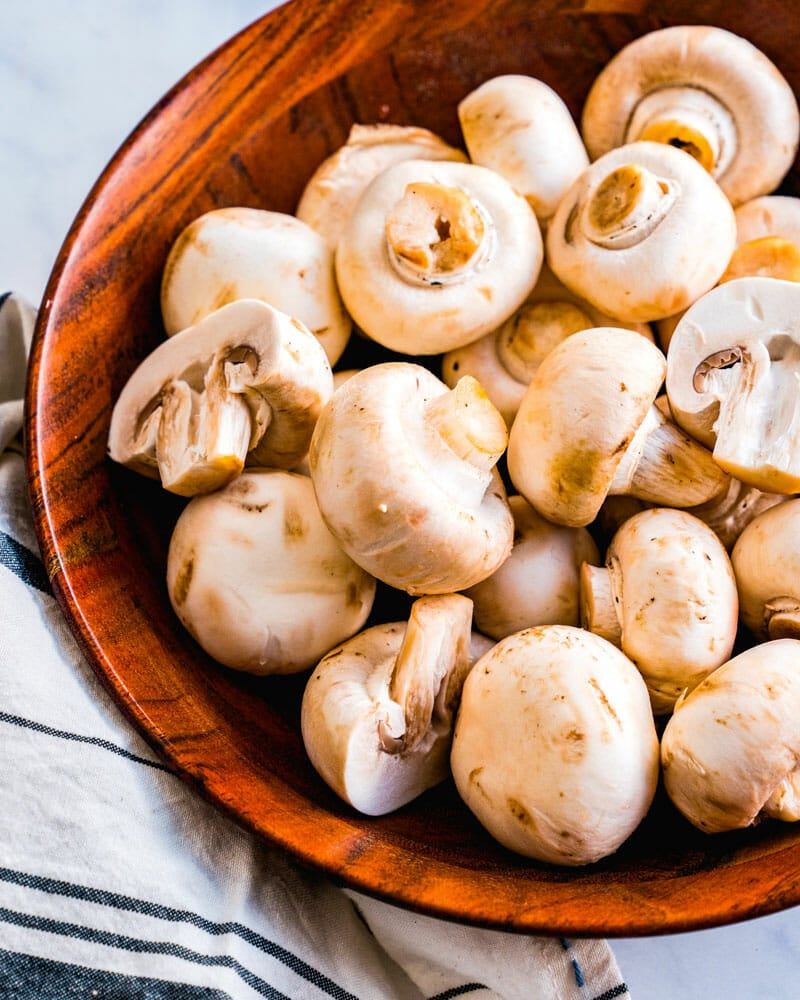
Found in nearly every grocery store, white button mushrooms are the training wheels of the mushroom world. Their mild, approachable flavor works in practically anything—from pizza toppings and stuffed appetizers to casseroles and omelets.
No special prep needed here—just wipe clean with a damp paper towel or give them a quick rinse and pat dry. They’re equally delicious raw in salads or cooked into soups, stir-fries, and pasta dishes.
Fun fact: White buttons are actually immature portobellos! They’re harvested early in their growth cycle, which explains their softer texture and milder taste compared to their fully grown relatives.
2. Cremini Mushrooms
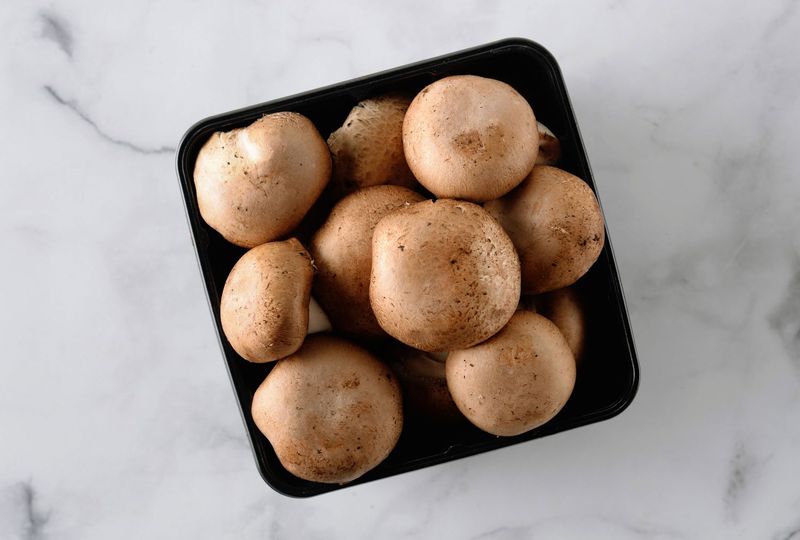
Sporting a brown cap and firmer texture, creminis offer more flavor than their white button cousins without any additional cooking challenges. Sometimes labeled as “baby bellas” in stores, these mushrooms bring a deeper, earthier note to your cooking adventures.
Perfect for beginners wanting to step up their mushroom game, creminis hold their shape well during cooking. They shine in everything from breakfast omelets to hearty beef stews.
Simply trim the stems if they seem woody, and you’re ready to go! These versatile fungi can handle almost any cooking method from sautéing to roasting.
3. Portobello Mushrooms
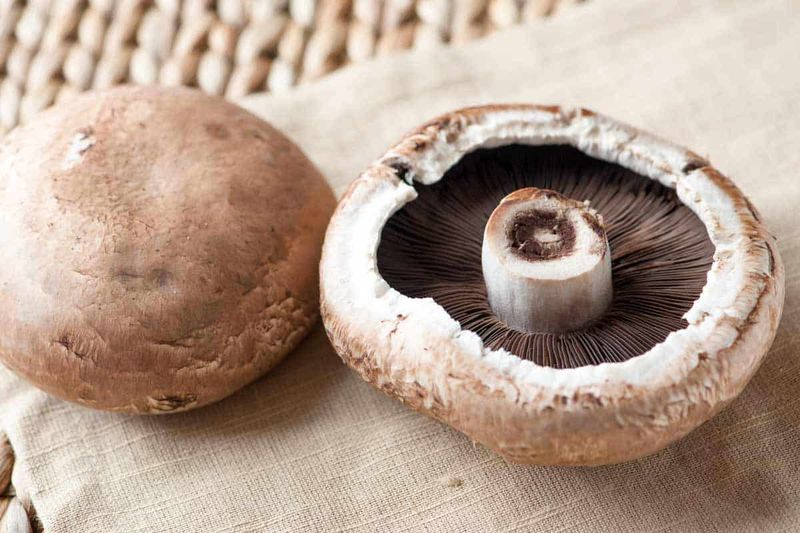
Massive and meaty, portobellos are fully mature cremini mushrooms that have expanded into dinner-plate-sized caps. Their substantial texture makes them the perfect vegetarian substitute for burger patties or steak.
Remove the woody stem and scrape out the dark gills with a spoon before cooking. This prevents your dish from turning an unappetizing grayish color and eliminates any potential bitterness.
Brush with olive oil and throw them on the grill, stuff with your favorite fillings, or slice them for fajitas. Their robust flavor stands up to bold seasonings and marinades, making them incredibly versatile for beginner cooks.
4. Shiitake Mushrooms
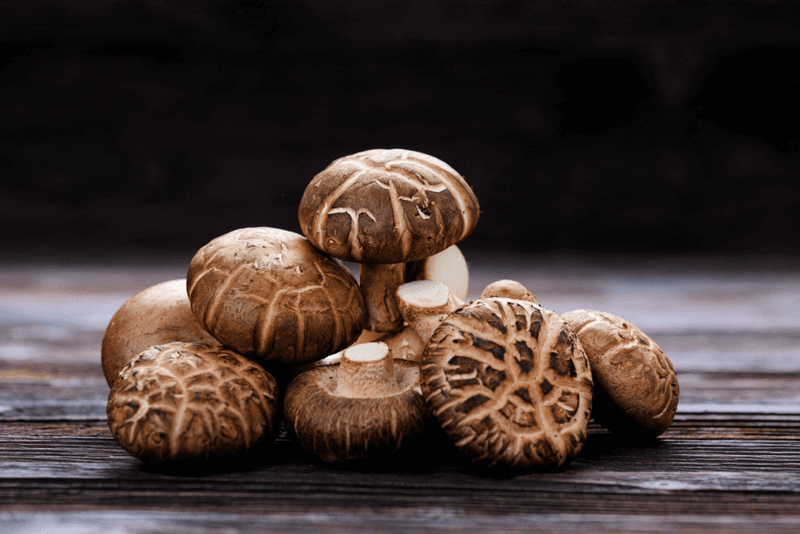
Recognizable by their umbrella-shaped brown caps, shiitakes deliver big on flavor with their smoky, woodsy taste. They’re the gateway mushroom to Asian cooking for beginners, adding depth to stir-fries, soups, and noodle dishes.
Skip eating the stems—they’re too tough and woody. Just twist them off and save them for making stock later. The caps cook quickly and absorb flavors beautifully, making them forgiving for new cooks.
Fresh shiitakes are wonderful, but don’t overlook dried ones! Rehydrated in warm water, they concentrate their savory umami flavor and create a bonus mushroom broth you can use in your cooking.
5. Oyster Mushrooms
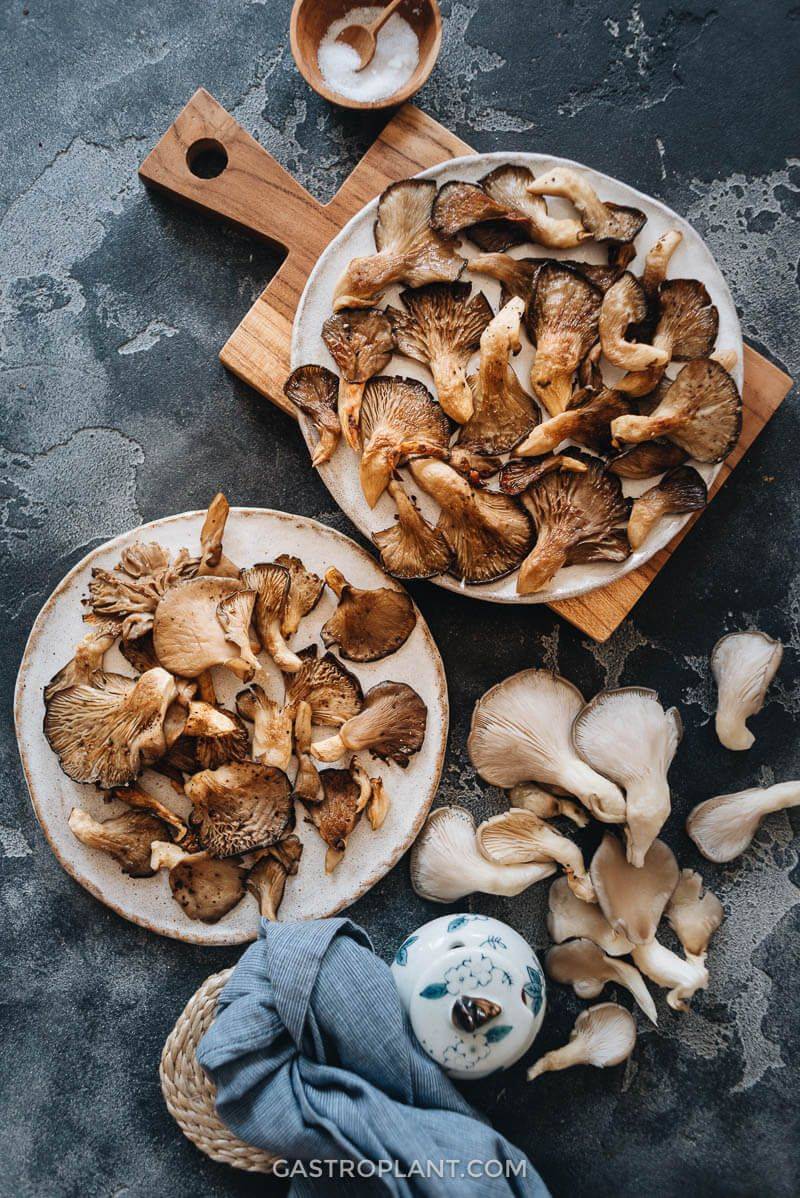
Growing in fan-shaped clusters, oyster mushrooms boast a velvety texture and subtle sweetness that beginners find approachable. Their mild flavor works wonderfully in lighter dishes where you want mushroom presence without overwhelming intensity.
Simply tear them into pieces along their natural grain instead of cutting—no knife skills required! Their quick cooking time makes them perfect for weeknight meals when you’re short on time.
Try them sautéed with butter and garlic as a simple side dish, or add them to risotto for elegant results without fuss. Their soft texture means they cook evenly and quickly, forgiving timing mistakes that might ruin tougher varieties.
6. Enoki Mushrooms
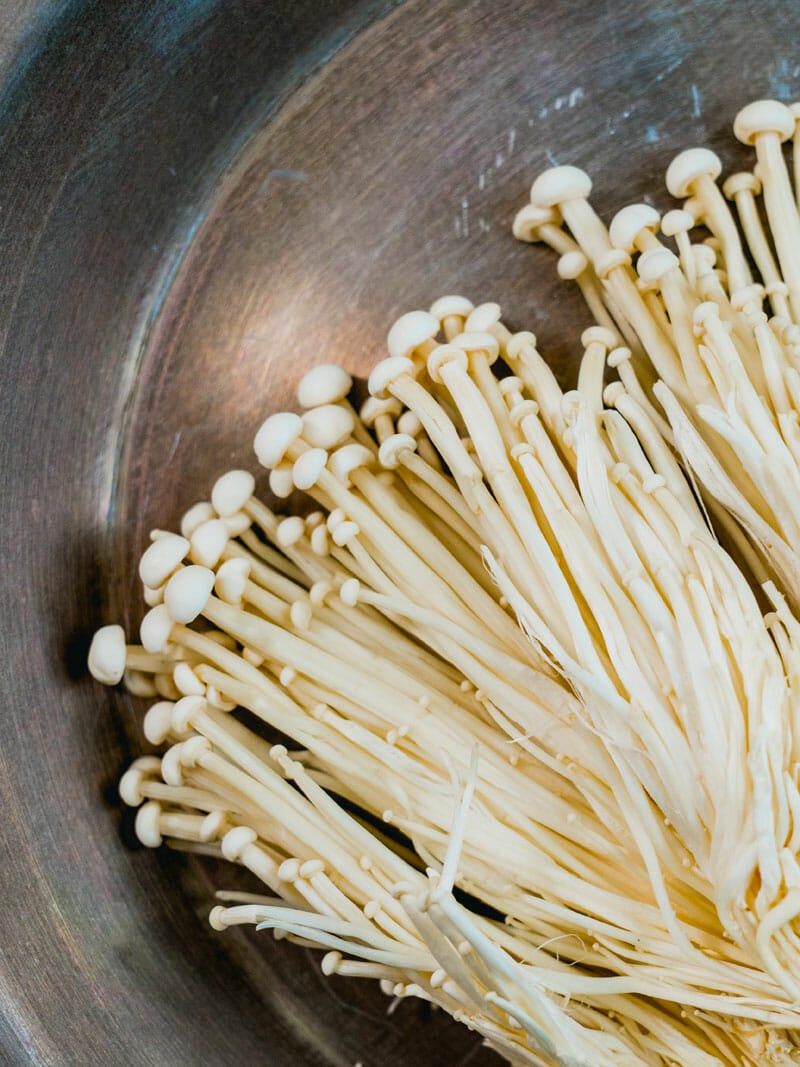
Looking like tiny mushrooms on long, skinny stems, enokis bring delightful crunch and visual interest to dishes. Their mild flavor makes them perfect for mushroom skeptics just dipping their toes into fungal waters.
Preparation couldn’t be simpler—just cut off the clustered base and separate the individual stems. They require minimal cooking and can even be enjoyed raw, perfect for beginners worried about overcooking.
Toss them into hot soup right before serving, sprinkle over salads, or use as a garnish for Asian dishes. Their crisp texture and noodle-like appearance make them especially fun in ramen, where they add both visual appeal and a satisfying bite.
7. King Oyster Mushrooms
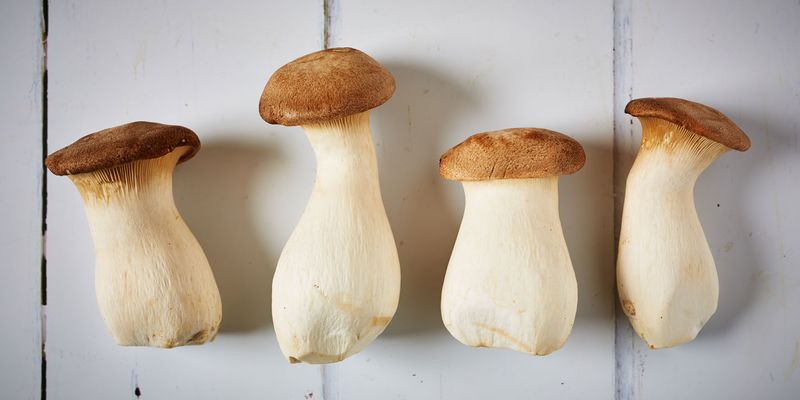
Sporting thick, meaty stems and small caps, king oysters have become famous for their ability to mimic scallops and other seafood when properly prepared. Unlike their delicate oyster cousins, these sturdy mushrooms hold up well to high heat and beginner handling.
Slice the stems into rounds for plant-based “scallops” or cut lengthwise for “calamari” strips. Their firm texture forgives longer cooking times, making them ideal for novice cooks still perfecting their timing.
The mild flavor absorbs marinades beautifully, so don’t be shy with seasonings. Sear them in a hot pan for caramelized edges or roast them for concentrated umami goodness—either way, they’re remarkably forgiving.
8. Beech Mushrooms
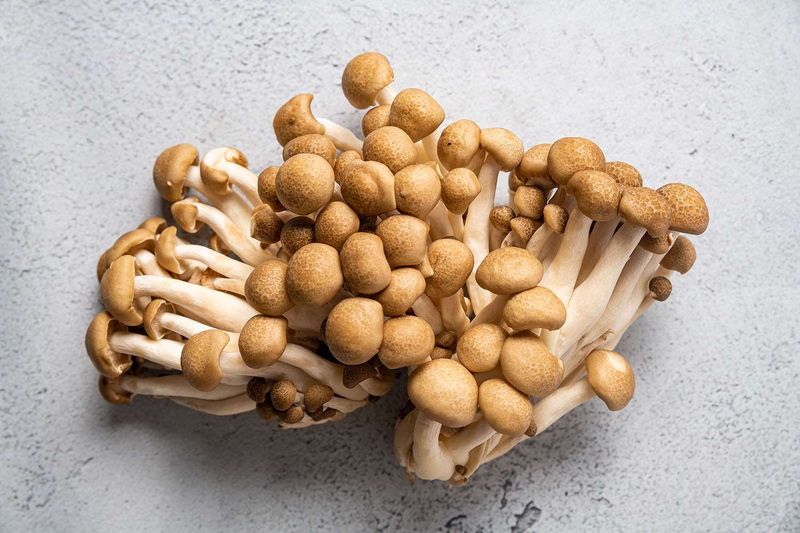
Growing in tight bunches with tiny caps on slender stems, beech mushrooms (also called shimeji) bring nutty, slightly crunchy goodness to your cooking repertoire. Their small size means quick, even cooking—perfect for beginners worried about timing.
Simply cut off the base where all stems connect and separate the individual mushrooms. Never eat these raw—a quick sauté transforms their slightly bitter taste into delicious nuttiness.
Their small size means they cook in minutes, making them perfect for last-minute additions to stir-fries, soups, or noodle dishes. The clusters look impressive but require minimal prep, giving beginners gourmet results with starter-level skills.
9. Morel Mushrooms
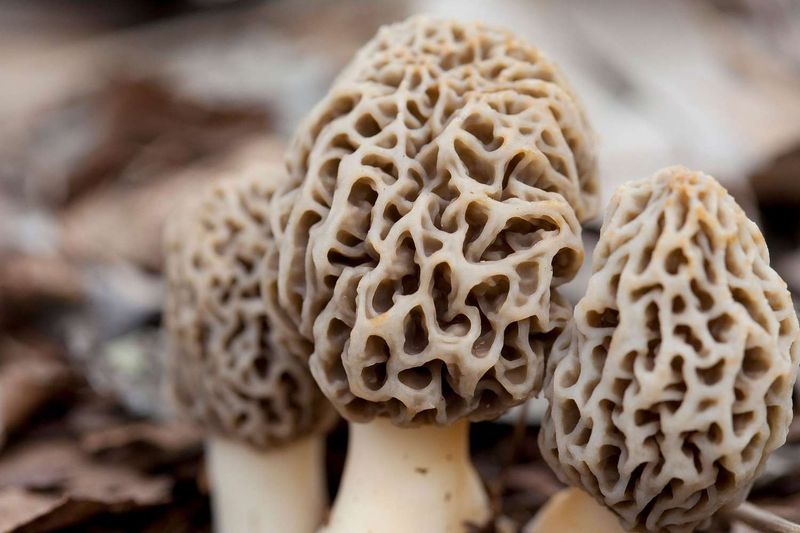
Resembling tiny pine cones with their distinctive honeycomb texture, morels are the gateway fungi for adventurous cooks ready for a challenge. Their intense nutty, earthy flavor makes them prized by chefs worldwide, but their hollow structure harbors dirt and sometimes tiny insects.
Thorough cleaning is essential—soak briefly in salt water, then rinse carefully through the pitted surface. Always cook morels completely; they contain compounds that can cause stomach upset when raw or undercooked.
Their steep price tag and short spring season make mistakes costly, so follow recipes closely. The reward for your careful attention is an incomparable woodland flavor that transforms simple cream sauces and risottos into restaurant-worthy creations.
10. Chanterelle Mushrooms
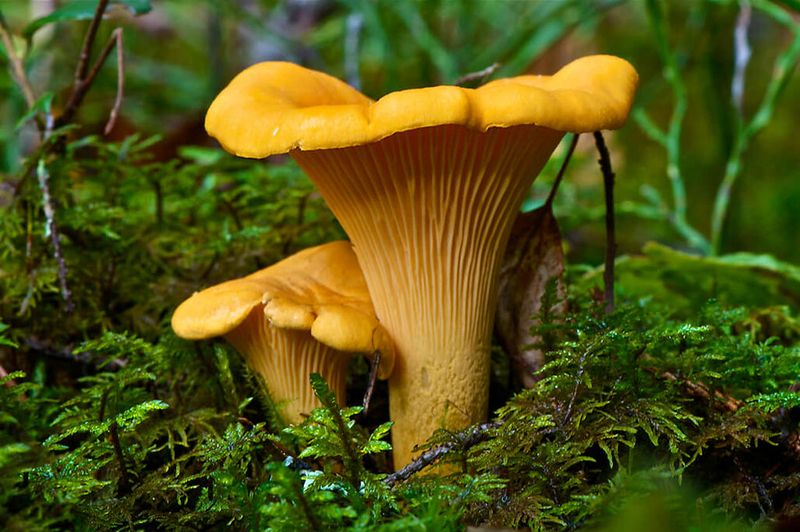
Trumpet-shaped with vibrant golden-orange hues, chanterelles offer a fruity, almost apricot-like aroma that’s unlike any other mushroom. Their delicate flavor can be easily overwhelmed by strong ingredients, requiring a deft hand in the kitchen.
Never submerge these pricey fungi in water—they’ll absorb it like sponges and become soggy messes. Instead, clean them with a soft brush or damp cloth, a time-consuming process that tests patience.
Their high water content makes proper sautéing tricky; cook them too quickly and they steam rather than sear, too slowly and they become rubbery. Master simple preparations like a gentle sauté in butter before attempting more complex dishes with these temperamental treasures.
11. Porcini Mushrooms
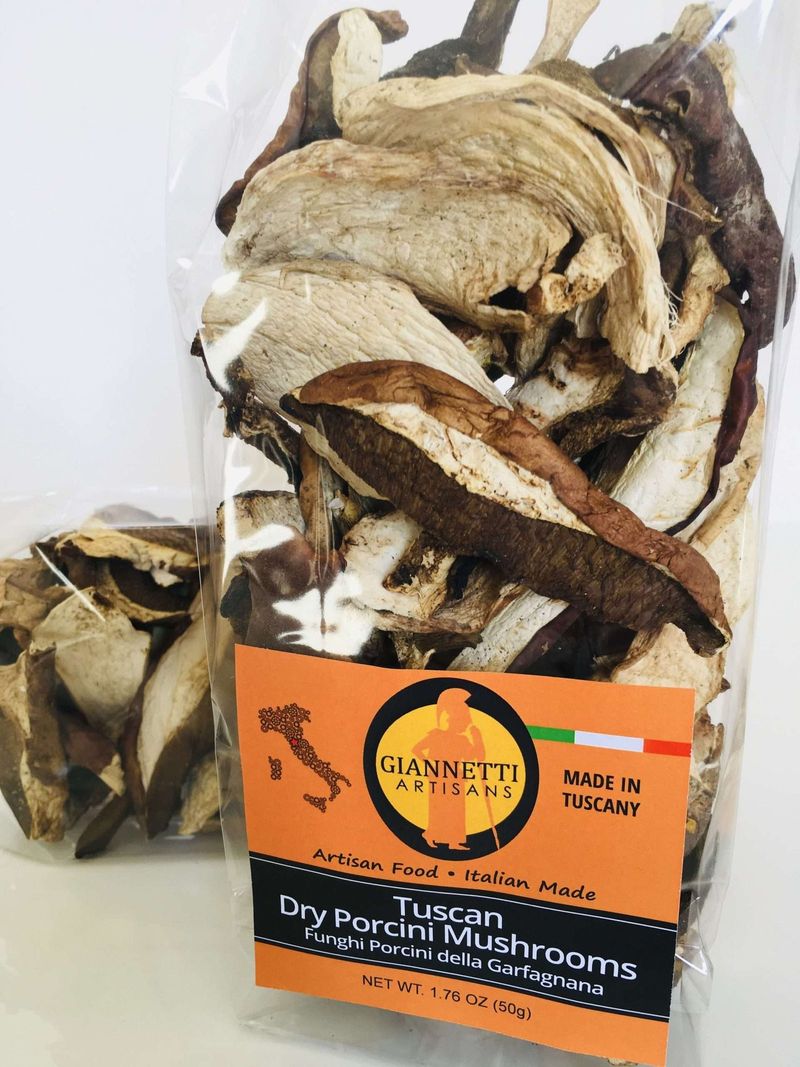
Revered in Italian cuisine, porcinis (also called cèpes) deliver an intensely rich, nutty flavor that transforms ordinary dishes into gourmet experiences. Fresh specimens are rare outside Europe, but dried porcinis are widely available and pack even more concentrated flavor.
Working with dried porcinis requires advance planning. They need soaking for 20-30 minutes in hot water, creating a powerfully flavored liquid that’s as valuable as the mushrooms themselves—strain it carefully to remove grit.
Their potent flavor means a little goes a long way, but improper storage leads to wasted money and infestations of pantry moths. Store in airtight containers and inspect carefully before using, as their premium price makes mistakes particularly painful for home cooks.
12. Maitake Mushrooms
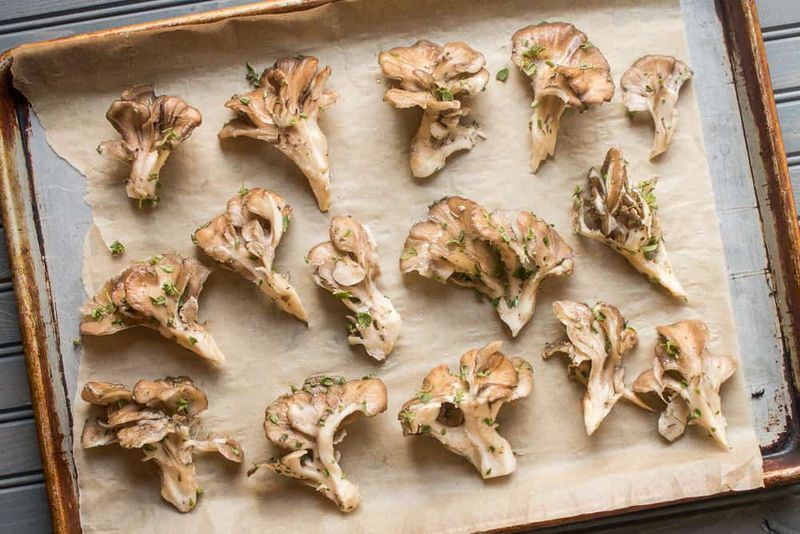
Known as “hen of the woods” for their feathery appearance, maitakes grow in overlapping clusters resembling ruffled chicken feathers. Their intense flavor and unusual texture make them challenging for novices but rewarding for those with some mushroom experience.
Breaking them apart requires careful attention to their natural divisions rather than rough chopping. Their varying thickness means different parts cook at different rates, requiring vigilant attention to prevent burning thin edges while thicker sections remain raw.
Their robust flavor stands up to high heat, developing beautiful caramelization when properly prepared. But their premium price means mistakes are costly, and their complex structure can trap dirt, requiring meticulous cleaning that tests the patience of even experienced cooks.
13. Lion’s Mane Mushrooms

Resembling white, shaggy pom-poms, lion’s mane mushrooms offer a remarkable seafood-like flavor often compared to crab or lobster. Their unusual appearance gives no hints about proper preparation, leaving novices guessing about cooking methods.
Their sponge-like texture absorbs oil excessively if not properly managed, resulting in greasy, unappetizing results. The shaggy exterior requires careful cleaning without waterlogging, a delicate balance that challenges even experienced cooks.
Cut too thick, they remain raw in the center; too thin, and they lose their unique texture. Their delicate flavor compounds break down with prolonged cooking, meaning timing is crucial—cook them too long and you’ll lose the prized seafood notes that make them special.
14. Wood Ear Mushrooms
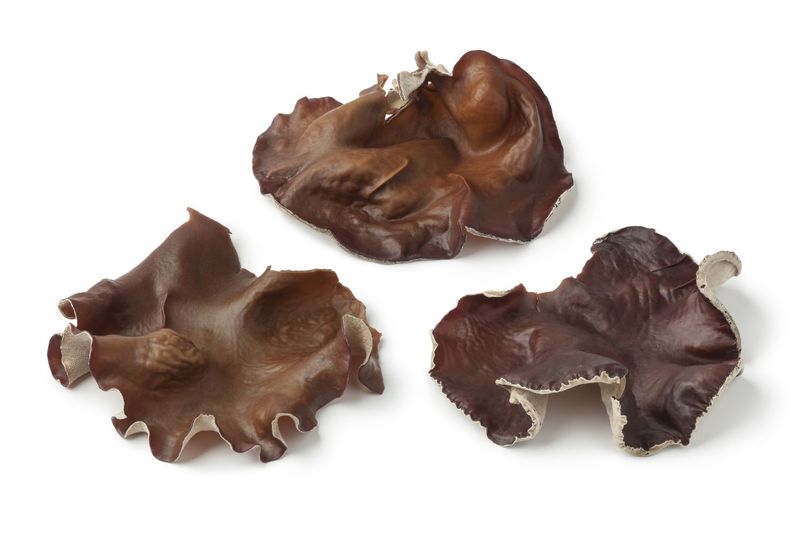
Dark and ear-shaped with a gelatinous texture, wood ears challenge Western palates and cooking techniques. Usually sold dried, they expand dramatically during rehydration, surprising unprepared cooks with their volume change.
Their almost completely flavorless nature means they won’t enhance dishes through taste alone. Instead, they contribute an unusual crunchy-yet-slippery texture that can be unpleasantly jarring if improperly prepared or paired with the wrong ingredients.
Improper cleaning leaves behind sandy grit that ruins dishes, while overcooking transforms their prized crunchiness into unappetizing rubber. Their slippery nature makes them difficult to slice evenly, requiring sharp knives and solid technique to avoid dangerous kitchen accidents.
15. Black Trumpet Mushrooms
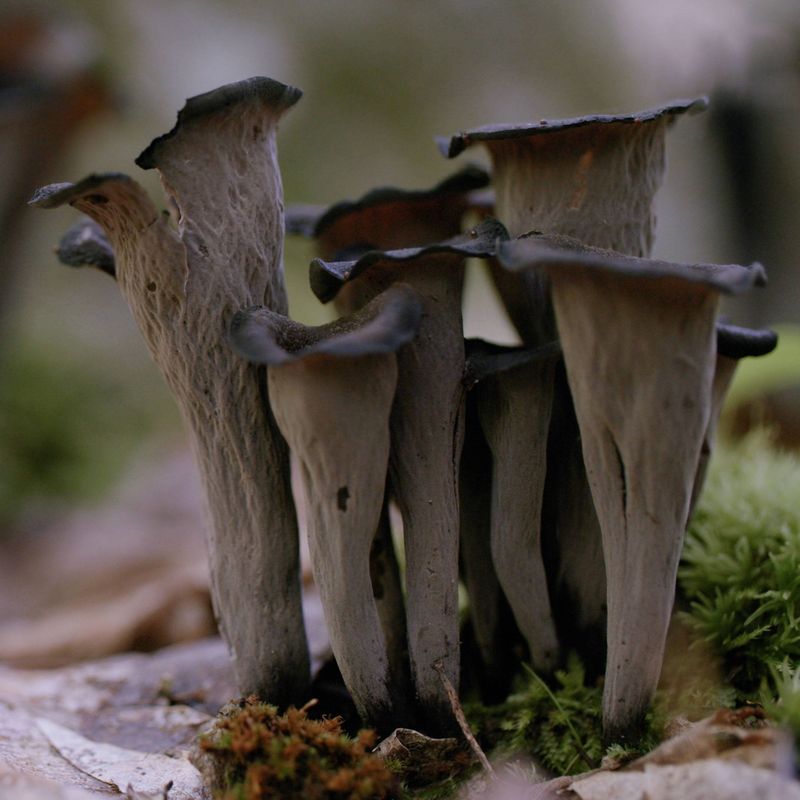
Resembling delicate black trumpets or dark funnels, these mushrooms deliver an intensely smoky, almost truffle-like flavor that professional chefs covet. Their paper-thin walls crumble at rough handling, making cleaning a nerve-wracking process for even experienced cooks.
Their dark color hides dirt and occasional hitchhiking insects, requiring meticulous inspection. When cooking, their thin structure means they can go from perfect to burned in seconds, demanding constant attention and quick reflexes.
Fresh black trumpets are exceedingly perishable, turning to mush within days if not properly stored. Their rarity and high price tag mean mistakes are costly, while their intense flavor can easily overpower dishes if used with too heavy a hand.
Leave a comment